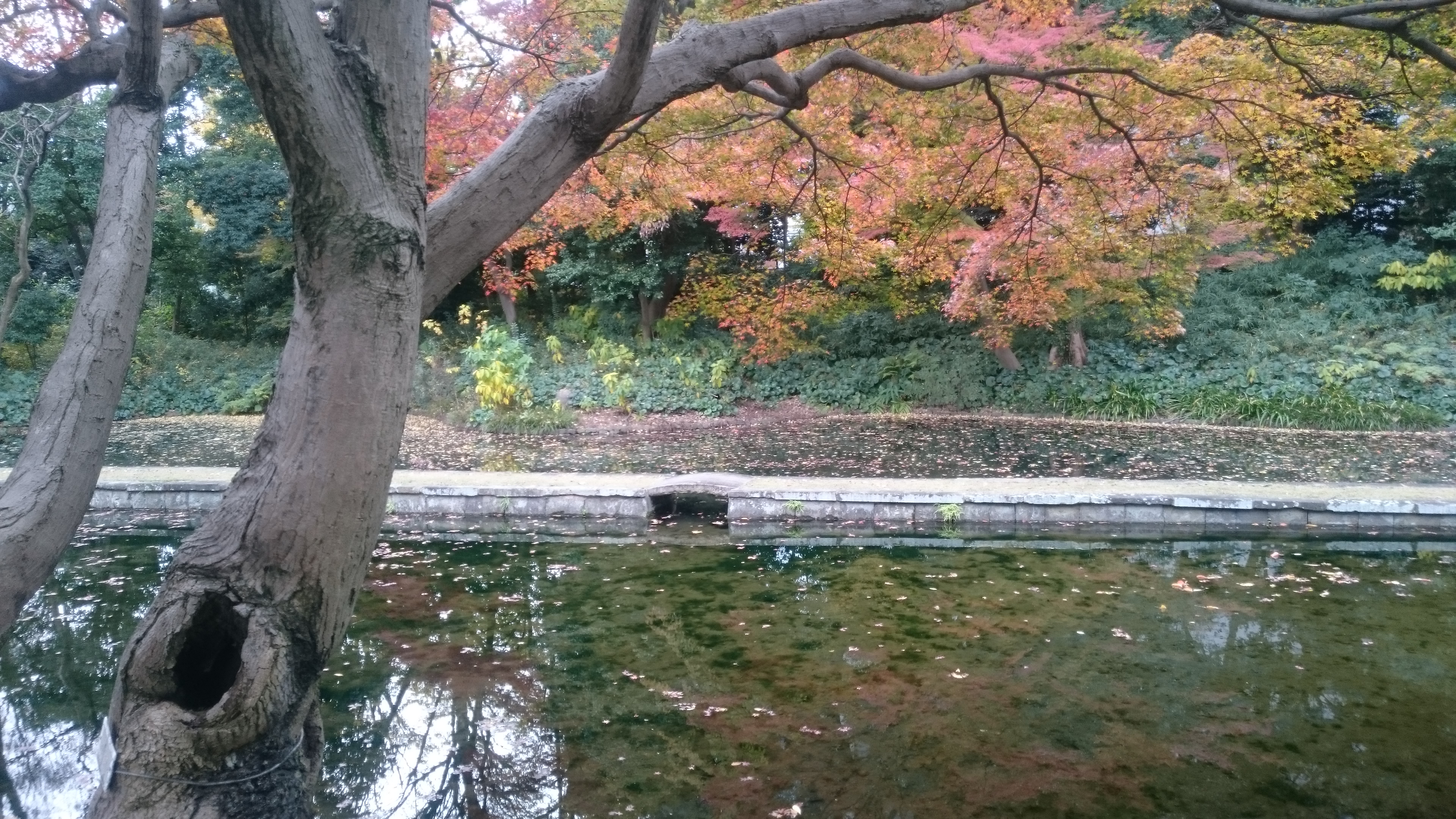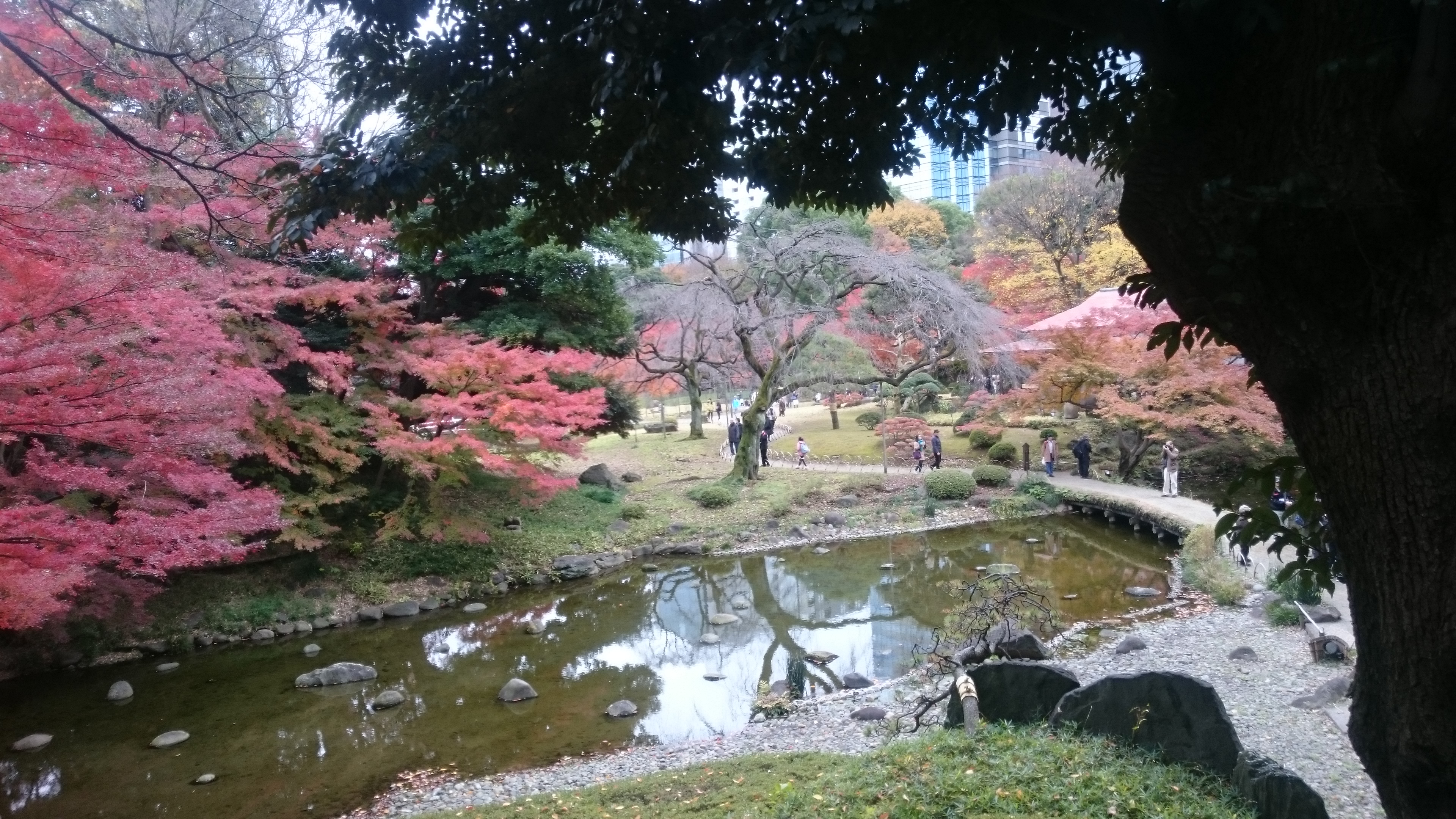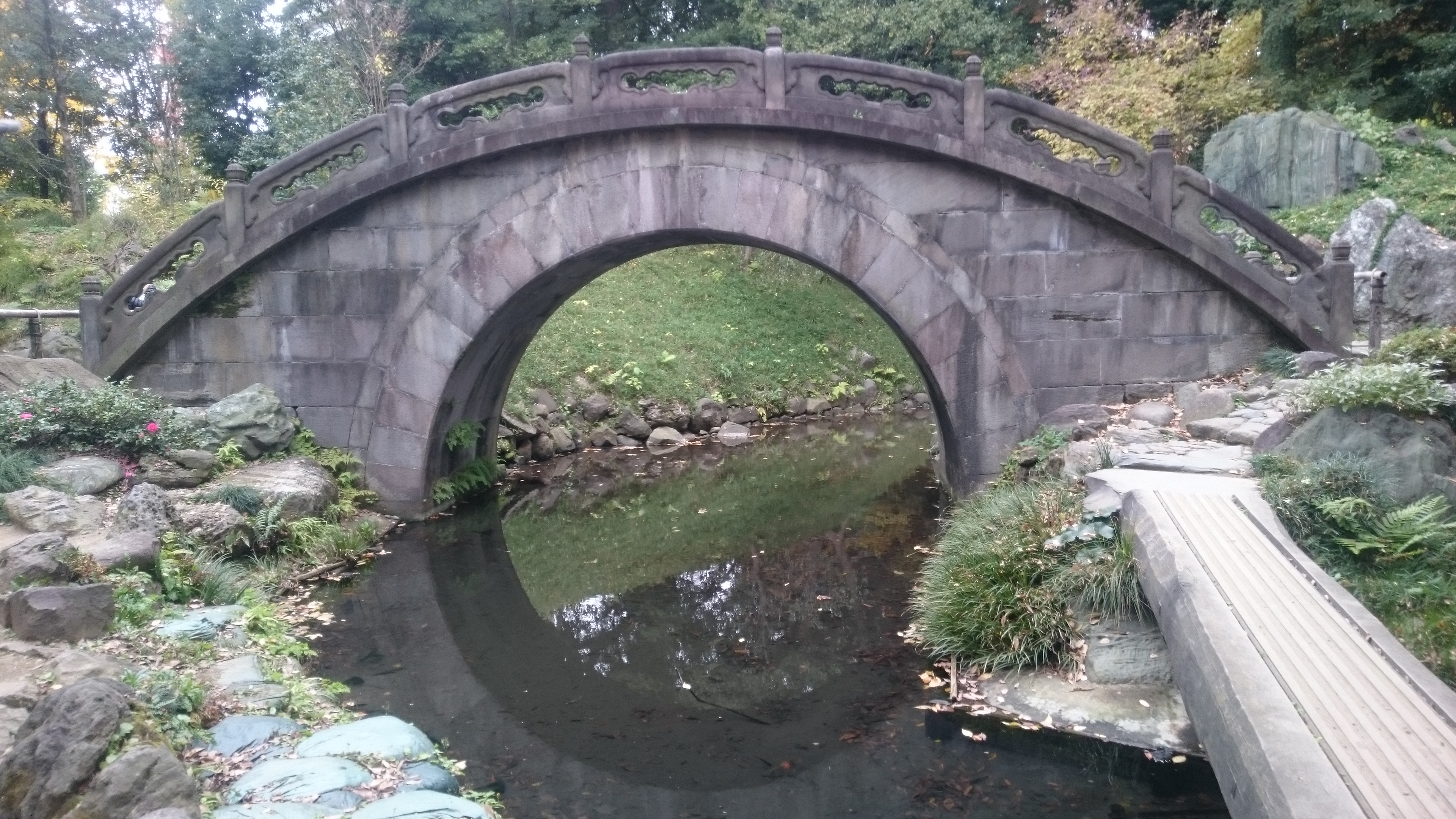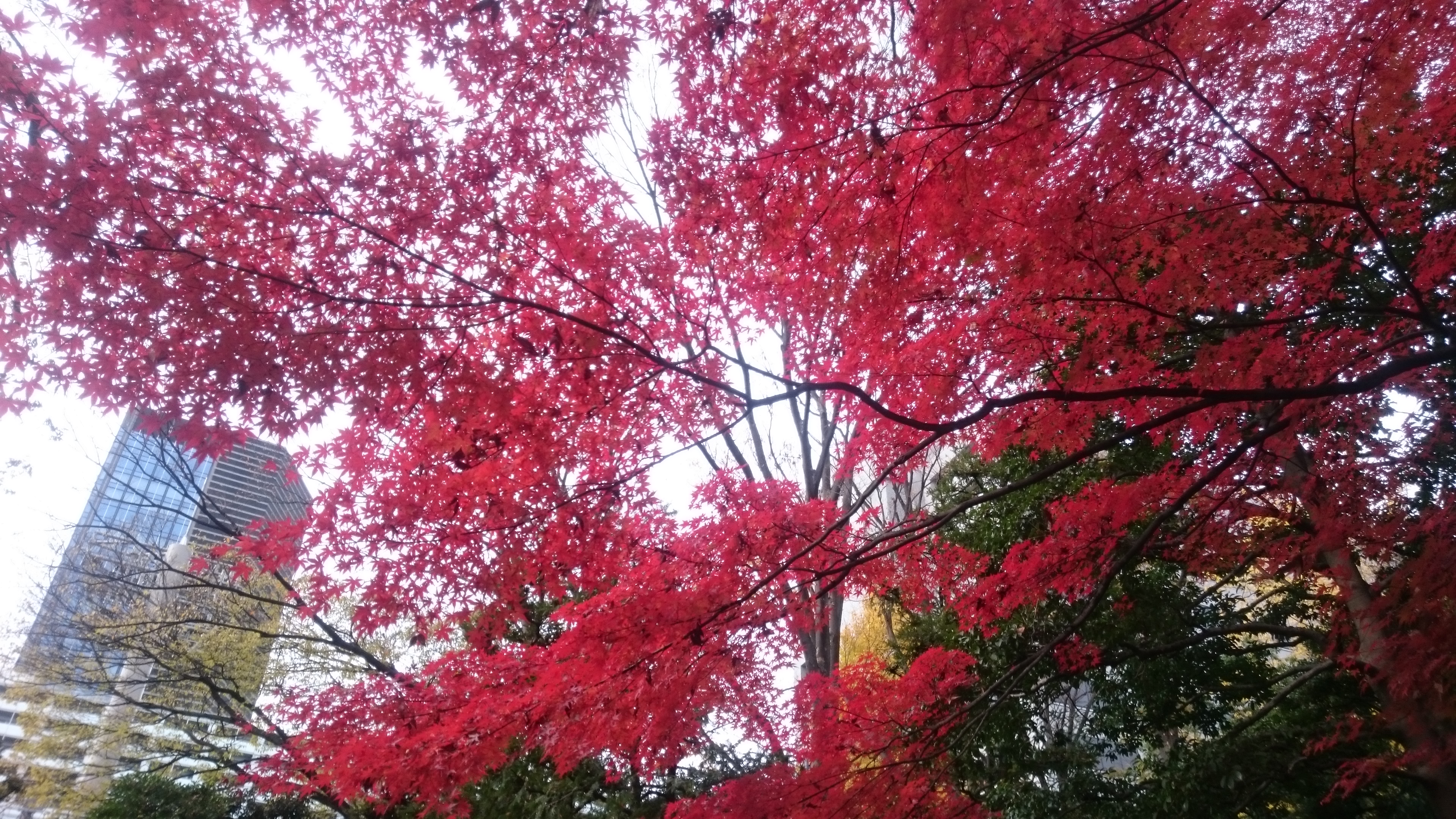Japan Garden
Nature has always been a central focus of the Japanese culture, in the religion, architecture, food. Japanese Garden is an attempt to embrace nature and bring human closer to nature. A trip to the Koishikawa Korakuen Garden with the Tokyo City Guide club has taught me much.
Koishikawa Korakuen Garden was built 400 years ago, in the early stage of the Edo period. According to my guide, the name has its own implication, which can be translated roughly as After (Ko) - Enjoyment (raku) - Garden (en). After Enjoyment Garden is a reminder that King and lord should worry before their people do but, enjoy only after their people did.
Though the garden nowadays is only one forth of its original size, its beauty is still mesmerising. The garden is enacted in a way that takes visitors through ocean, mountains, rivers to plains, all in one place, and at a smaller scale. I guess, since people was not used to travelling much back then, miniaturised “ocean” can make up for not being able to see the real deal.
One difference between the Japanese garden and the Western garden, is the direction in which water flows. In Western garden, water often goes up in fountains. In Japanese garden, water flows down, which is more natural. Once again, that emphasises on being close to nature.
There elements that are of importance in all Japanese garden are:
- Water, which protects and nurtures human being since being a baby in mother womb, is considered the source of life.
- Trees, are symbols of growth.
- Rock, symbol of eternity.
Balance is also a key. Here is the perfect moon bridge. See the reflection?
Taking a day trip to the Koishikawa Korakuen garden brings peace to the mind, a good break in busy Tokyo.
Bonus: I really like this colour of the leaves.



